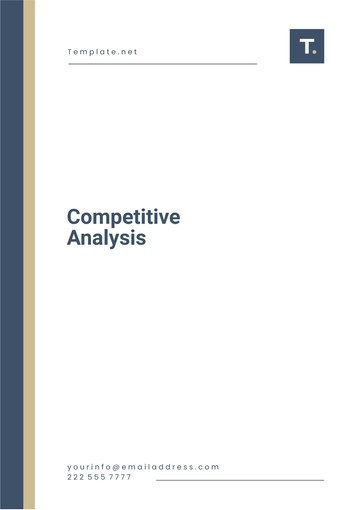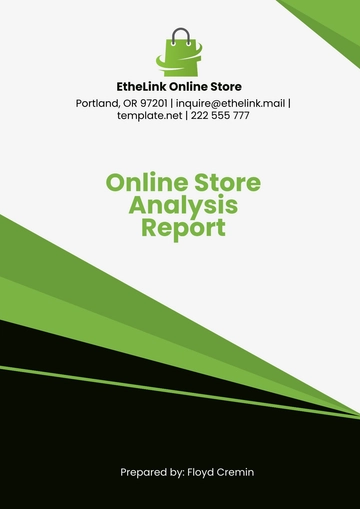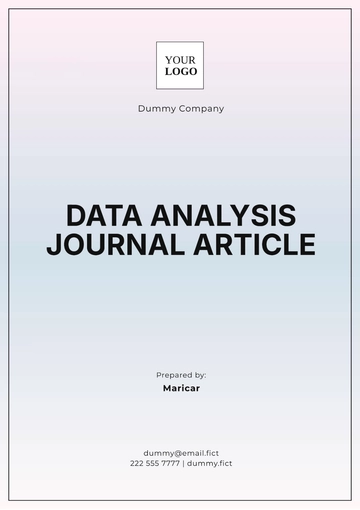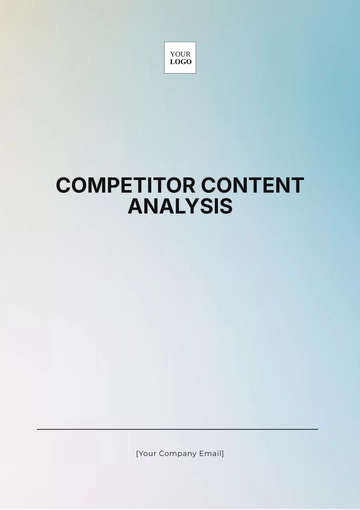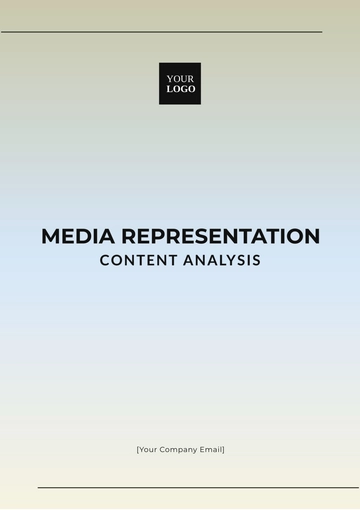Free Story Analysis Research Design

I. Introduction
The analysis of narratives, whether fictional or non-fictional, has been a subject of scholarly inquiry for centuries. Story analysis research design is a structured approach that allows researchers to dissect and understand the fundamental components, themes, and influences in stories. This paper aims to provide a comprehensive understanding of story analysis research design, detailing its methodologies, tools, and applications.
II. Objectives of Story Analysis
To identify key themes and motifs in the narrative.
To interpret the underlying meanings and messages.
To examine character development and relationships.
To assess the influence of cultural, social, and historical contexts.
III. Methodologies
A. Qualitative Approaches
Qualitative methods are often used in story analysis to provide in-depth insights into the narrative elements.
Content Analysis: Involves coding and categorizing text to identify patterns and themes.
Discourse Analysis: Examines how language is used to construct meaning within the story.
Narrative Analysis: Focuses on the structure of the story, including plot, characters, and settings.
B. Quantitative Approaches
While less common, quantitative methods can also be applied to story analysis, especially in large datasets.
Text Mining: Utilizes algorithms to detect patterns and trends in large volumes of text.
Statistical Analysis: Applies statistical techniques to measure narrative elements quantitatively.
IV. Data Collection Tools
Several tools are employed to collect data for story analysis.
Textual Sources: Books, articles, scripts, and transcripts.
Audio-Visual Media: Films, TV shows, and recordings.
Surveys and Interviews: Collecting perceptions and interpretations from audiences.
V. Analytical Framework
A comprehensive analytical framework is essential for systematic story analysis.
A. Coding and Categorization
Creating a coding scheme to classify different elements of the narrative.
B. Theme Identification
Determining the central themes and sub-themes within the story.
C. Character Analysis
Examining character roles, development, and interactions.
D. Contextual Analysis
Assessing the impact of cultural, social, and historical contexts on the story.
VI. Applications
Literary Studies: Providing critical insights into literature and storytelling.
Media Studies: Analyzing content in films, television, and digital media.
Psychology: Understanding the psychological aspects of narratives and their impact on audiences.
Sociology: exploring societal influences and representations within stories.
VII. Challenges and Limitations
Story analysis research design faces several challenges and limitations.
Subjectivity: Interpretations can be highly subjective and may vary between researchers.
Complexity: Stories often contain complex and layered meanings that can be difficult to disentangle.
Data Volume: Analyzing large volumes of text or media can be time-consuming and resource-intensive.
VIII. Conclusion
Story analysis research design offers valuable tools and methodologies for understanding narratives across various disciplines. By employing both qualitative and quantitative approaches, researchers can uncover deep insights into the themes, structures, and contexts of stories. Despite its challenges, this research design remains a vital component of scholarly inquiry into narratives.
- 100% Customizable, free editor
- Access 1 Million+ Templates, photo’s & graphics
- Download or share as a template
- Click and replace photos, graphics, text, backgrounds
- Resize, crop, AI write & more
- Access advanced editor
Story Analysis Research Design Template, offered by Template.net. This versatile and customizable template is designed to streamline your storytelling analysis, providing a structured framework for insightful evaluations. Easily downloadable and printable, it ensures convenience in various formats. Enhance your research with a tool that is fully editable in our AI Editor Tool, allowing for precise adjustments to meet your specific needs.
